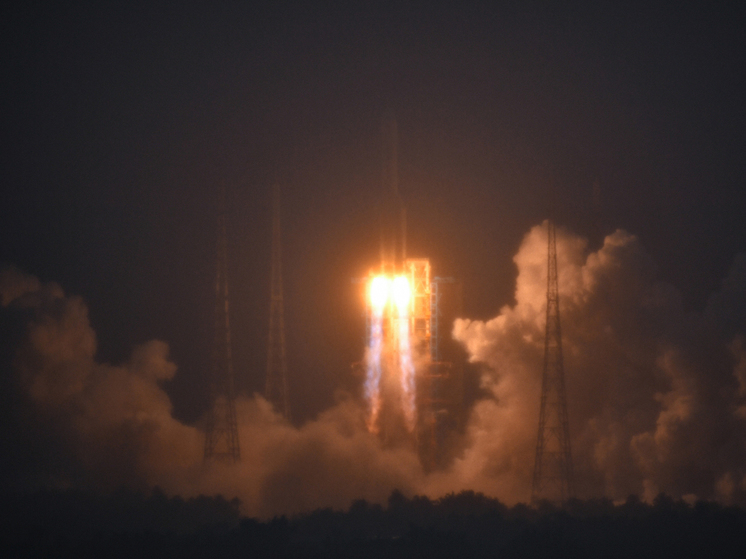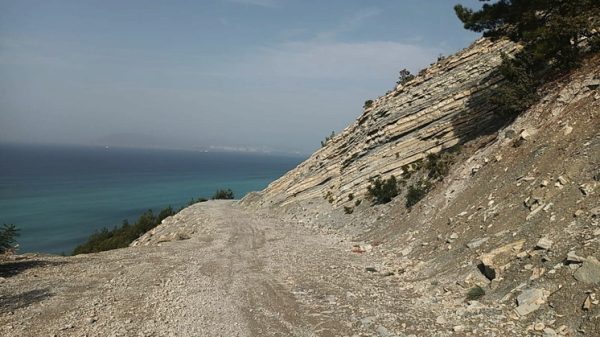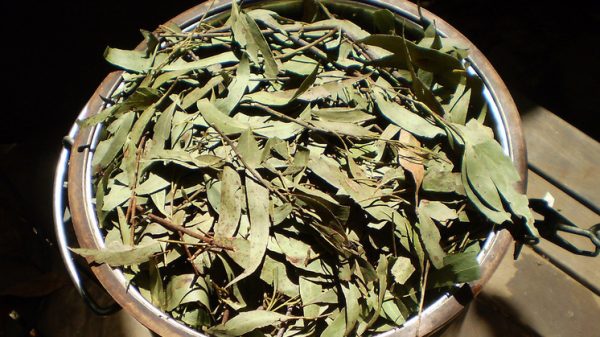The Chan'e-6 device can deliver material from the deep rocks of our satellite to Earth
The Chinese Chan'e-6 device, named, like the five previous ones, in honor of the Moon Goddess , successfully launched to the earth's satellite on May 3 at 12.28 Moscow time. After 53 days, specialists will meet it with soil, for the first time in the history of astronautics, taken from the back side of our satellite.

Chinese automatic interplanetary station «Chang'e-6», launched by the carrier rocket «Changzheng-5» from the Wenchang Satellite Launch Center, is a new stage in the Chinese program for unmanned lunar exploration.
Let us recall that the first two orbiters «Chang'e-1» and «Chang'e-2» were launched in 2007 and 2010. After them, in 2013, Chang’e-3, consisting of a landing module and a lunar rover, landed on the Moon, in the crater of the Rainbow Bay of the Sea of Rains. He brought a telescope to the moon to observe the stars and a radar to “enlighten” the moon. Earth's satellite in depth. «Chang'e-4» in 2018, he successfully landed on the far side of the Moon, in the South Pole Basin area — Aitken. This is the deepest crater that could have been formed by a collision with a large meteorite. And finally, Chang'e 5, launched in 2020, became the first mission to return from the Moon with regolith samples taken from the visible side of the Moon, between the ancient craters Regiomontan and Walther.
South Pole Basin &mdash ; Aitken on the far side of the Moon – this is the impact basin to the south, the largest known crater on the Moon. It has a size of 2400 x 2050 km. The depth of the pool reaches 8 km.
The new probe «Chang'e-6», like «Chang'e-4», is again aiming for the South Pole Basin area — Aitken to its smaller Apollo Crater (524 km in diameter) to collect samples of lunar soil and return them to Earth. Experts expect to find in this place a substance that was once ejected from the very depths of the Moon.
By the way, «Chang'e-4» still alive, “crawling” small steps according to Aitken. Of course, he took a soil sample, and Chinese scientists remotely studied its composition. But this doesn't compare to soil exploration on Earth, where you can study material in dozens of different ways. «Chang'e-6» will again try to drill the soil to 2 meters (the previous Chang'e-5 managed to get it from the visible side of the satellite only from a meter depth: hard rocks did not allow drilling deeper).
The mission will work according to the following plan. The Chang'e-6 apparatus, currently flying towards the Moon, consists of four objects: orbital and landing, each of which is also divided into two objects. Upon reaching the orbit of the Moon, the lander will separate from the complex, land on the Moon (this will happen on June 2), collect soil using a drilling rig and a robotic bucket, and “place” the moon. it into a capsule, which will only be delivered back into orbit by the return vehicle (the second part of the landing module will remain on the Moon). Next, the former orbital part with the return vehicle containing the soil will head towards the Earth. When approaching our planet on June 25, this device will undock and land, and the former orbital part will fly past the Earth – carry out an additional program, which the Chinese have not yet disclosed.






















































Свежие комментарии